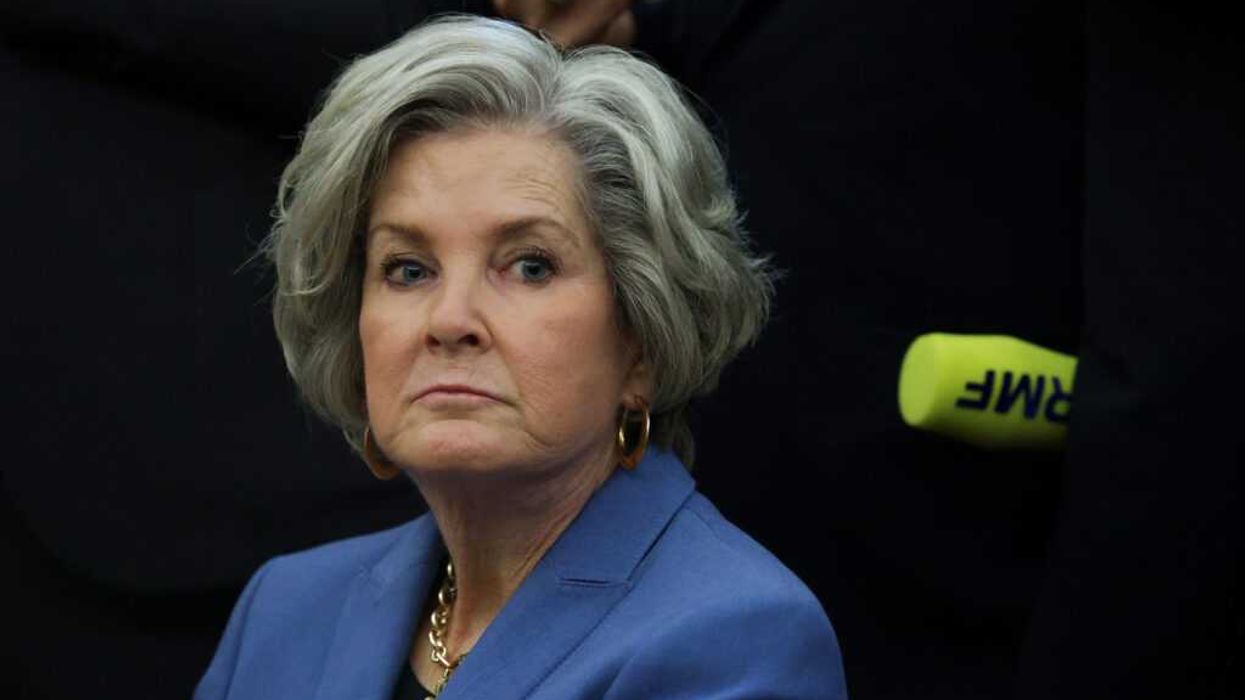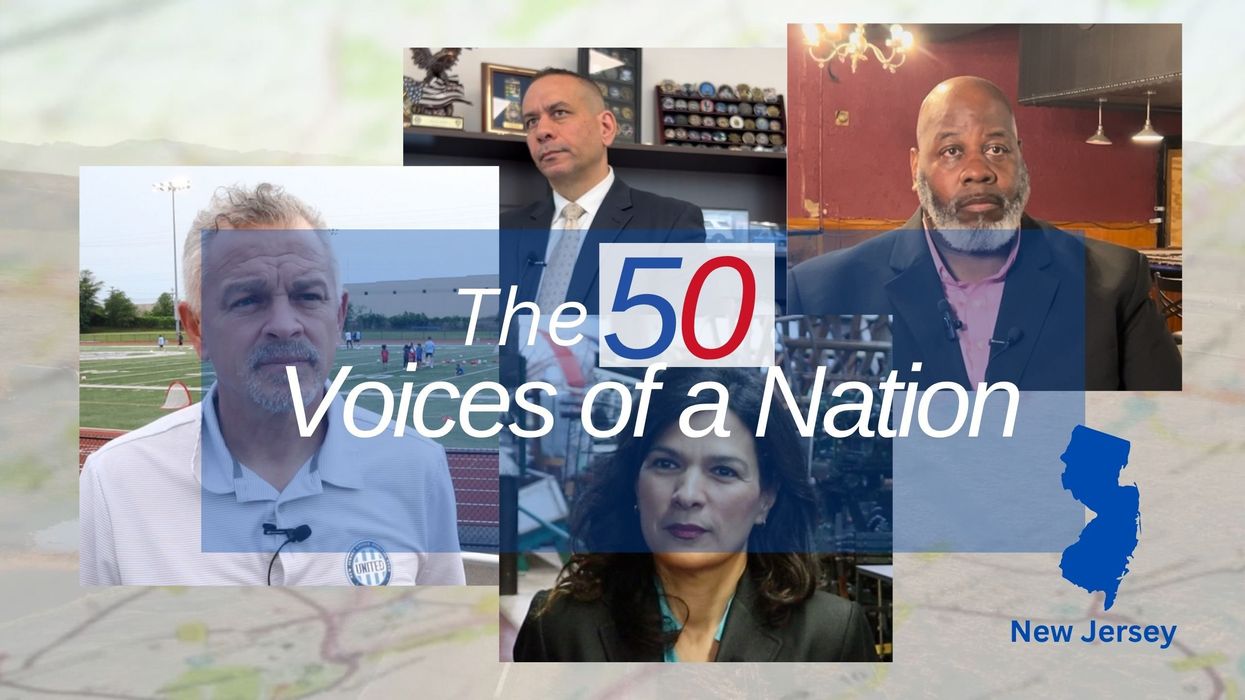For many young voters, the 2024 presidential election was the moment they had been waiting for. Months of protests and demonstrations and two political conventions had all led to this — the opportunity to exercise their democratic rights and have a say in their future.
While Donald Trump won the election, Kamala Harris won among young voters. But even though 18- to 29-year-olds provided the strongest support for Harris, President Joe Biden did better with that cohort four years ago.
A study by Tufts University’s Center for Information and Research on Civic Learning and Engagement found voters in that age group favored Harris by 4 points while Biden had a 24 point difference with Trump. Within the electorate, there are major differences depending on race, gender and education. (The study is based on incomplete election data and CIRCLE is continuing to study trends in youth voting.)
Can the lessening gap between Harris and Trump signal a shift to a more conservative youth electorate? Or did dissatisfaction with the Biden administration lead to this change?
Sunjay Muralitharan, the national vice president of the College Democrats of America and a superdelegate at the Democratic National Convention, has no illusions as to why the Democrats and Kamala Harris lost the election. It wasn’t the outcome he expected and had hoped for, but he’s had time to think it over and now understands what happened.
A 19-year-old student of political science at the University of California San Diego, Muralitharan believes the Democratic Party “did not do a good job in defining our message correctly to everyday Americans.”
He also blames Democrats’ fear of entering hostile environments during the campaign.
“Both parties failed to speak to younger voters’ interests and we [Democrats] failed to connect with them and make them realize we can help them achieve the life they want,” Muralitharan said.
While this might be true, both parties did better with specific demographics. Harris did better generally with women and youth of color and Trump with white youth, especially white men.
College Republicans of America is a much newer organization. Founded in 2023, CRA’s mission is to “empower, train, and develop the next generation of Republican leaders.” While the group did not respond to questions, CRA President Will Donahue released an official statement congratulating Trump on his victory.
“Even in our most optimistic projections, we could not have anticipated the overwhelming support and record-breaking turnout we witnessed last night. This victory reaffirms our belief in the power of principled leadership and the conservative values that unite us.”
While the past year has seen high participation by young people in protests and encampments, voter turnout in 2024 was lower than in 2020: 50 percent four years ago, compared to only 42 percent this year.
Albert Medina, communications team lead at CIRCLE, said it’s still early to provide a definitive reason for drop.
“One thing we noticed before the election was most states were behind in registering young voters compared to 2020. Registration is still one of the barriers in youth participation,” he said.
Medina pointed out this could look different from state to state.
“We saw inequities between the battleground states where youth participation was as strong as in 2020 and the rest of the country where it is much lower. What is different in these places? Is it just competitiveness? Is it just because there’s more money and resources for outreach and registration,” he said.
Muralitharan agreed voter registration and location could be major barriers to voting. Some of his peers did not vote because they missed the deadline or were registered in another state.
Celia Nimz, the newly elected president of Students for a Democratic Society, voted for Green Party nominee Jill Stein. Nimz joined SDS during Trump’s first administration and currently works as a high school teacher in Minnesota.
“I chose to vote third party because I wanted to vote against the genocide in Palestine. Doesn’t mean I thought a third party would win,” Nimz said.
For Nimz, this wasn't single-issue voting as much as a red line. Regardless of the election’s outcome, SDS will continue to protest. If Harris had won, it would have been protests for Palestine but now it will also be a broader anti-Trump movement.
Joli Hunt, a 24-year-old medical assistant living in Lafayette, Ind., said she feels a “bit more prepared for what’s to come.” Hunt was 16 when Trump won his first term and said she expected him to win a second time as a way of preparing herself for this outcome.
“I’m disappointed but not surprised. He’s gained a lot of popularity online and more attention in the last four years, maybe even more than when he was president,” Hunt said.
Coming from a Mexican family, Hunt’s main concerns are immigration, racial profiling and reproductive rights.
“I do think there was a failure to communicate policies, especially to people in subrural America who are focused on economics and what they see on Facebook and their everyday lives. They’re not concerned about abortion and immigrants because that doesn’t involve them, issues which were a big part of Kamala’s campaigns. But she also didn’t have very much time,” Hunt said.
Harris won the youth vote in the seven battleground states — Arizona, Nevada, North Carolina, Georgia, Michigan, Pennsylvania and Wisconsin — but by a smaller margin than Biden did in 2020. Her only gains were in Maine, Wisconsin and Indiana.
“I don’t think this means the youth are leaning more conservative. I think Harris lost the vote because of her stance on Gaza. That probably lost the election entirely,” Nimz said.
“This doesn’t necessarily mean young people switched their vote from Biden in 2020 to Trump in 2024. It seems more about different young people who came out and voted — an electorate more likely to identify as Republican and conservative,” Medina said.
There also seems to be a breakdown within the 18-29 category.
“We found that first-time voters preferred Harris. Voters ages 18 to 24 preferred Harris by about 10 points and it was actually the voters ages 25 to 29 that had a slight preference for Trump. So, it's not the first-time voters but the older Gen Z and younger millennials who have gone toward Trump,” Medina said.
Voting was driven by issues. Voters who prioritized abortion were likely to vote for Harris but if economy and immigration were high on the list, they were more likely to vote for Trump.
However, Medina said it was worth considering how racism and sexism could have an impact but data has not been collected to study this.
“I don’t think I would have empathy for people my age who voted conservatively but I would understand if people lived where they, their parents and grandparents were born. I would say, ‘I get it,’” Hunt said.
Nimz, on the other hand, would not be as positive when speaking to someone who voted for Trump.
“I’d tell a Harris supporter to have a fighting spirit, but someone voting conservative? I mean I don’t know what I’d say without starting an argument or a fight, you know?”
Ramakrishnan is a freelance journalist covering politics and culture.



















 From left to right: Gabriel Cardona-Fox, Bud Branch, Joe Concienne
From left to right: Gabriel Cardona-Fox, Bud Branch, Joe Concienne 